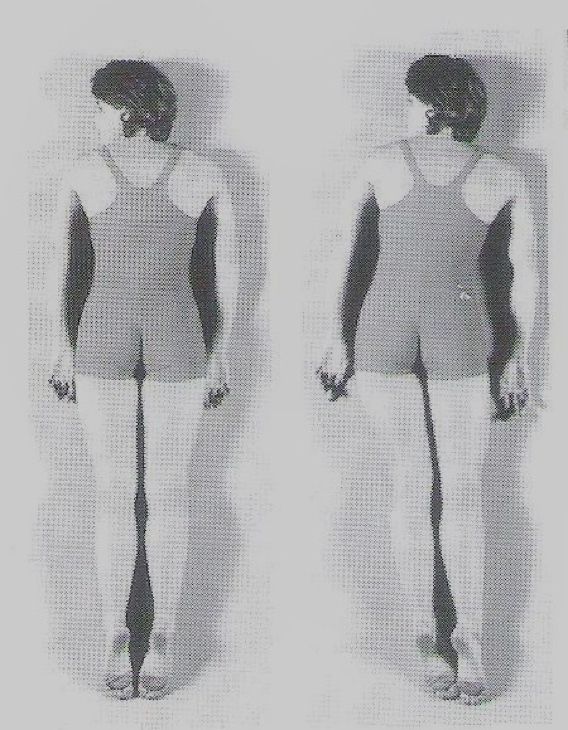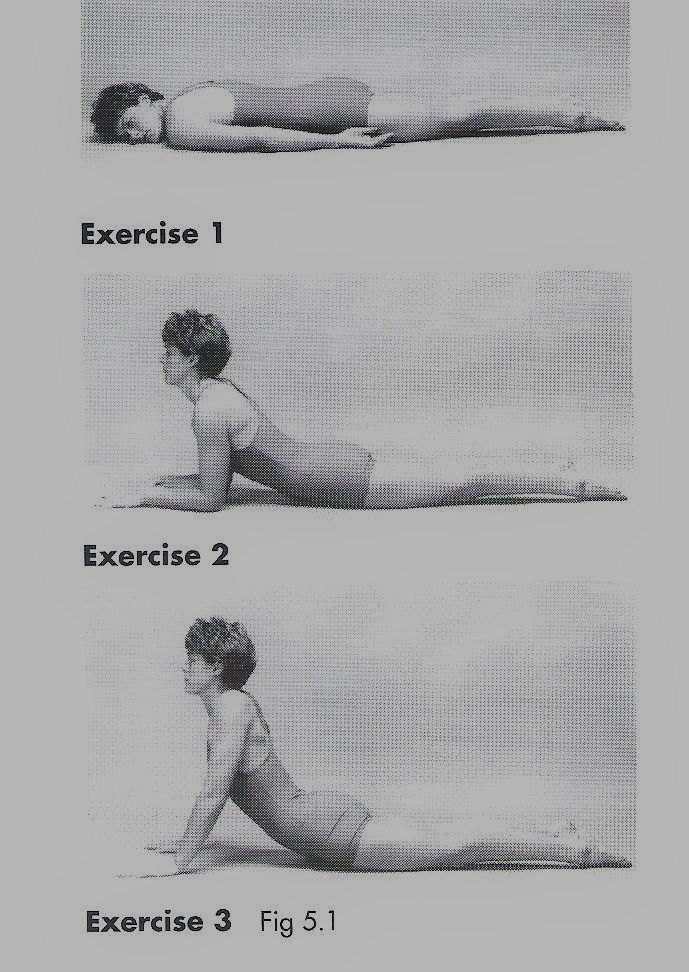The McKenzie Method® was developed by Robin McKenzie, a physiotherapist from New Zealand. It focuses on understanding how your spine and joints move, identifying which movements cause or relieve pain, and using specific exercises to help restore normal function.
Unlike traditional treatments that focus only on pain relief, the McKenzie approach emphasizes self-management and active participation by the patient.


Core Principles
Assessment:
The therapist observes how certain repeated movements or positions affect your symptoms. This helps identify the source of pain—whether it comes from the disc, joint, or surrounding soft tissue.
Classification:
Based on your response, the therapist classifies your condition into one of several mechanical syndromes (e.g., Derangement, Dysfunction, or Postural Syndrome).
Treatment:
Once classified, specific directional exercises (such as extension, flexion, or side-glide movements) are prescribed to reduce pain, restore movement, and improve posture.
If your spine or neck is structurally malaligned, passive mobilisation and manual therapy may also be included. These techniques help to realign the bony structures before starting exercises, allowing the movements to be more effective and comfortable.
Self-treatment:
Patients are taught how to perform these exercises independently and manage their symptoms long-term, reducing dependency on frequent therapy sessions.
Benefits
- Effectively reduces back and neck pain
- Improves mobility and posture
- Helps patients understand and control their symptoms
- Reduces recurrence of pain episodes
- Minimizes the need for passive treatments (like repeated manipulation or massage)

In short, McKenzie Therapy is a patient-centered, evidence-based approach that identifies the root mechanical cause of spinal pain and teaches people how to correct it through specific, active exercises—while incorporating manual techniques when structural realignment is needed.


